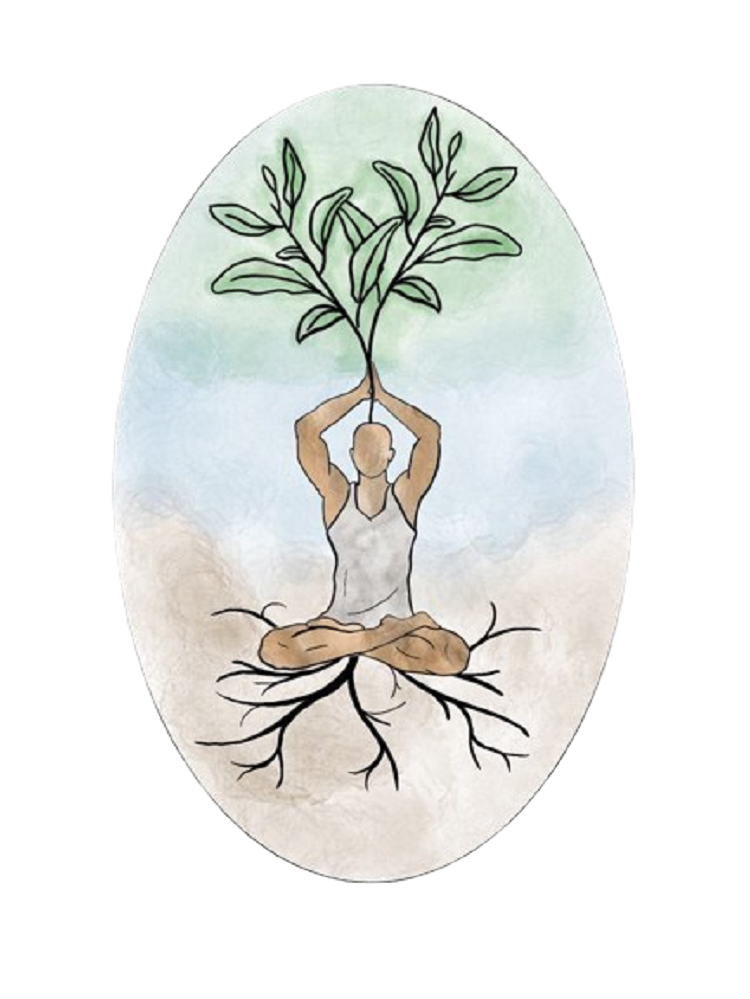"No Pain No Gain" Doesn't Belong on the Massage Table
Lets turn “No Pain, No Gain” into "No Pain, All Gain"

Are you the type of person who claims "no pain, no gain" when receiving bodywork? Great! I'm here to tell you why effective bodywork shouldn’t hurt!
Let’s talk about a myth that needs to be retired like an old pair of running shoes: “If it doesn’t hurt, it’s not working.”
I hear it all the time—clients bracing themselves for deep tissue work like they’re about to wrestle a bear. But here’s the truth: massage doesn’t have to hurt to be effective, and in many cases, pain during a session can actually slow down your progress.
So, let’s unpack why gentle, skilled, and structurally focused massage often yields better results than digging elbows into muscles like we’re mining for gold.
Pain Is a Stress Signal—Not a Healing One!
Pain is your body’s alarm system. When something hurts, your nervous system interprets it as a threat. That’s not just about avoiding injury—your sympathetic nervous system (aka fight-or-flight mode) kicks in, releasing stress hormones like cortisol and adrenaline.
- This state of alertness:
- Increases muscle tension
- Restricts blood flow
- Slows tissue repair
In contrast, when you’re relaxed, your parasympathetic nervous system takes the wheel. This is the “rest and digest” mode, where healing, recovery, and tissue remodeling happen.
So, if your massage hurts, your body may actually tense up and resist rather than release and heal.
Your body has something called nociceptors—nerve endings that detect damage and send pain signals to your brain. Press too hard during massage, and those nociceptors light up. This doesn’t mean the pressure is helping; it means your brain is perceiving threat.
Now, there are other receptors—mechanoreceptors and proprioceptors—that respond to movement, stretch, and gentle touch. These are the ones we want to stimulate for sustainable change in the body. They help:
- Recalibrate your nervous system
- Improve postural awareness
- Create long-term shifts in tension and alignment
When we target these receptors instead of chasing pain, we’re working with your body, not against it.
A good massage therapist knows how to go deep without causing pain. The key lies in depth through precision, not pressure. Using slow, intentional techniques like:
- Myofascial release to unwind tight tissue and hydrate fascia
- NeuroMuscular Therapy (NMT) to reset dysfunctional patterns at the neuromuscular junction
- Myoskeletal Alignment Techniques to work on joint mobility and structural integrity
All of these can reach deep layers without triggering pain signals.
You can sink into deeper tissue like you’re melting into warm water—not smashing through it like a battering ram.
But what if I like when it “hurts so good”?
I get it—some people equate intense pressure with progress. And sure, mild discomfort in areas of chronic tension or trigger points can sometimes feel like a “good hurt.” But here’s the line: If you’re holding your breath, clenching your jaw, or tensing up, it’s too much.
Massage should never feel like you’re enduring something—it should feel like your body is letting go.
Now, you’re asking yourself, “What should I feel instead?” Here’s what effective, non-painful massage should feel like:
- A slow unraveling of tension
- Gentle stretching sensations
- Warmth, tingling, or even waves of relaxation
- Increased ease of movement after the session
- A sense of safety and grounding
That’s your nervous system saying, “Thank you, I feel safe enough to soften.”
Remember, respect the nervous system!
When we respect the body’s natural thresholds and honor the nervous system, massage becomes a conversation—not a confrontation.
So next time you’re on the table and you feel the need to grit your teeth through a painful spot, speak up. Ask your therapist to adjust. Because healing doesn’t require suffering—it requires safety, trust, and intention.
Sources & Further Reading
Schleip, R. (2012). Fascial Fitness: Fascia-oriented training for bodywork and movement therapists
Chaitow, L. (2006). Modern Neuromuscular Techniques
Myers, T. (2014). Anatomy Trains: Myofascial Meridians for Manual and Movement Therapists
Harvard Health Publishing. (2020). “Massage: Get in touch with its many benefits”
National Institutes of Health (NIH). “Understanding Pain: What’s Going On in Your Nervous System”
If you’ve been conditioned to believe that pain equals progress, you’re not alone. But when it comes to massage, that outdated thinking may be keeping you from getting the results you actually want.
Let’s change the narrative: healing doesn’t have to hurt.
Your body is listening. Let’s speak its language.
—
Written by David Ferrarini, LMT, Pain & Postural Specialist | MyoSàge Wellness L.L.C. 4-18-2025
